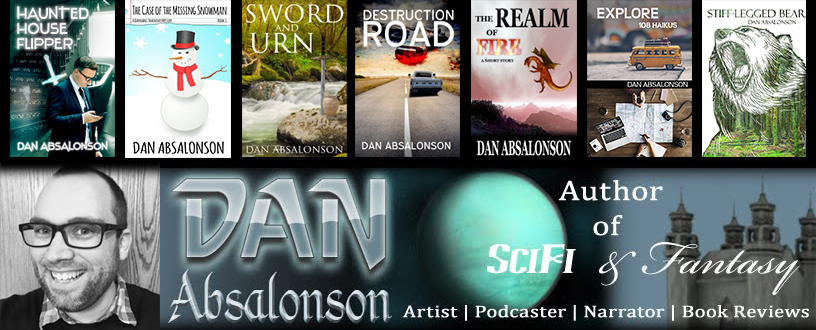The Hunger Games (2012)
Based on the trilogy of bestselling young adult novels by Suzanne Collins, The Hunger Games helped usher in the new era of post-apocalyptic popularity. Leading this list is the story of a young woman who offers herself for a match to the death in order to save her younger sister. Living in a totalitarian world where children are forced to kill each other for entertainment, the heroine Katniss (Jennifer Lawrence) finds herself wanting only to survive and return to her family. But through her quest to be the last person standing, she becomes a symbol for a rebellion long brewing against the government.
Snowpiercer (2013)
In the future dystopian world of Snowpiercer, all of humanity that remains is living on a giant train, constantly circling the globe. Those people that live near the front of the train are wealthy, well fed, and sure of their superiority. Those in the back of the train are the complete opposite – abused, starved, kept in filthy conditions like animals, and constantly under threat of being killed. When Captain America himself, Chris Evans rises up to lead rebels from the back of the train to overtake the front, all hell breaks loose. The ending of this dystopian film is even more bleak than most films on this list, with little hope that humanity can survive what they have done to themselves.
The Maze Runner (2014)
The Maze Runner centers on all male teenagers dropped into a seemingly impossible to solve labyrinth, where monsters and machines are out to kill them and survival is a thing not to take lightly. Little is explained about the overall post-apocalyptic world the characters inhabit, though it is obvious that there’s more than meets the eye and the answer to a better future may lie in the survivors of the maze itself. The story is action-packed and ends in such a way that viewers want to see the next installment in the series, if only to have their questions about the premise answered. Although the second film in the trilogy, The Scorch Trials, strayed away from the plot of the book, it still made for an engaging and action-packed feature.
The Giver (2014)
Based on the novel by Lois Lowry, The Giver showcases a (seemingly) much more peaceful world than those in the other movies on this list. In this world, all emotions have been removed from the populace so that everyone can live in peace and harmony, with no more war or conflict. However, each individual is given a specific use in this society, and if they cannot fulfill that use they are removed from their community altogether. While less centered on action and fighting than some other dystopian stories, The Giver does present a lot of important questions about what it is to be human and to feel emotions, and what a world would be like if that part of humanity was stripped away.
Mad Max: Fury Road (2015)
One of the biggest, best movies of 2015 was also the latest installment in a franchise that began back in 1979. Mad Max: Fury Road was everything a great, action-packed, post-apocalyptic film should be. It was set in a barren wasteland of a world, run by diseased warlords using water, fuel, and ammunition as leverage against the rest of the populace. One reason the Mad Max series continues to resonate is the feeling that something like this could easily happen in our own, real world, if our reliance on fossil fuels isn’t supplanted by use of renewable resources - for instance, Enmax energy has reported that we may have as few as 54 years worth of oil reserves left, and scarcity has historically led to warfare. The world of Fury Road is obviously a man’s world, run by men and defended by men. However, in this chapter of the Mad Max saga it is not Max that takes center stage in the story. Instead it is Charlize Theron as Imperator Furiosa, who seeks a better life for herself and a truckload of enslaved concubines. Women are the warriors as well as the victims in this dystopian tale.
While all dystopian stories have a central theme of explaining how the world moves on after an apocalypse-level event, the good ones also work to take their stories in unique, memorable, and surprising ways. And they seek to explain not only why we might be so fascinated with what would happen in a post-apocalypse situation, but why it is so important to work now to make sure those kinds of situations never take place.




No comments:
Post a Comment